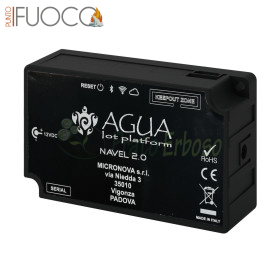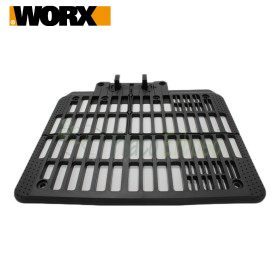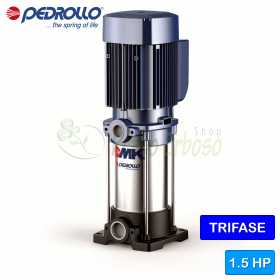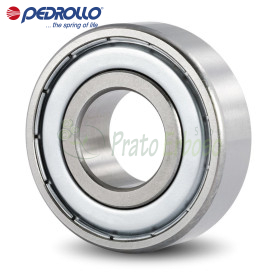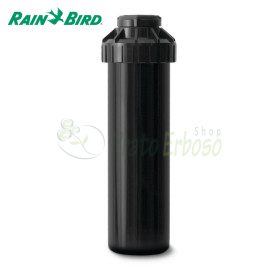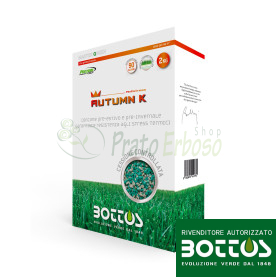In this article we will not go into the details and technical specifications of the varieties, types, families and genres of the essences for lawns or the mixtures that are made. We will try to give a smattering of what are the two macro-families of lawn essences.
The varieties are basically grouped into two types: themicrotherm and themacrotherms. The substantial difference between the two are the climatic parameters that differentiate the vegetation, which varies according to the temperatures.
However, all the species used belong to the three primary subfamilies: Festucoideae, Panicoideae, and Eragrostoideae.
The family ofmicrothermincludes:
Genus Festuca:It is divided into two subgroups: the fescues with coarse texture (F. elatior and F. arundinacea) and those with a fine texture (F. rubra rubra, F. rubra commutata, F. rubra tricophilla and F. ovina).
Genus Lolium:it includes about ten species, mainly distributed in temperate zones; the two species used for lawns are Lolium perenne and, to a lesser extent, Lolium multiflorum.
Genus Poa:It includes more than two hundred species widely distributed in cool-humid climate zones. Poa pratensis (common name: bluegrass): it is a rhizomatous species, for which there are extreme differences between different cultivars due to the characteristics of density, color, texture and resistance to diseases.
The family ofmacrothermsincludes:
Genus Cynodon:In our regions, some of these species are infesting spring-summer herbaceous crops. Cynodon transvaalensis and Cynodon dactylon (common name: weed, weeds): they are an extremely variable species.
Genus Paspalum:This genus includes about 400 species, of which only two are used for turf, Paspalum notatum and Paspalum vaginatum.
Genus Zoysia:the most common are Zoysia Tenuifolia and Zoysia Japonica
Other genres:Stenotaphrum secundatum, Pennisetum clandestinum, Axonopus affinis and Buchlöe dactyloides are other interesting species which, however, will hardly find space in our country. Among them particular mention deserves Stenotaphrum secundatum, a plant with an aggressiveness and frightening resistance, whose extremely rough aesthetic aspect causes it to be relegated to absolutely particular contexts, such as those of naturalization and environmental recovery.
Among the distinctive parameters of the different species, the most important are:
Weaving
It represents the width of the leaf blade. The cultivation practices that most influence the texture are the cutting height and the fertilizations. Planting density and texture are often related parameters: the higher the density of plants and stems on the surface, the finer the texture.
Vegetative habitat
Represents the type of growth of the shoots.
The three main types of posture are:
Cespitoso- when the plants grow and expand mainly by tillering, forming dense groups of erect culms;
Rhizomatous- when the plants expand horizontally through the rhizomes, underground stems which, growing laterally, give rise to new individuals far from the mother plant;
Stoloniferous- when the horizontal growth occurs through the stolons. The stoloniferous attitude is typical of Agrostis stolonifera among the micro-thermals and of the macrothermal species.
Microterme and Macroterme vegetation in Italy compared
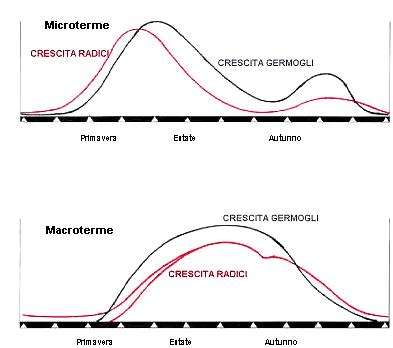
Pros and cons of the two species:
MICROTHERMS
Pro:fast settlement; excellent aesthetics; excellent coloring almost all year round; excellent resistance to cold; good resistance to trampling.
Versus:suffering in intense heat; need for abundant irrigation in summer; frequent mowing in spring and autumn.
MACROTERMS
Pro:excellent resistance to heat; good resistance to drought, reduced mowing; excellent resistance to trampling in the vegetative periods.
Versus:very slow settlement; coarse aesthetics (especially for some varieties); strong yellowing of the leaves from October to May due to the dormancy phase that occurs when temperatures drop below average daily 15 °.

